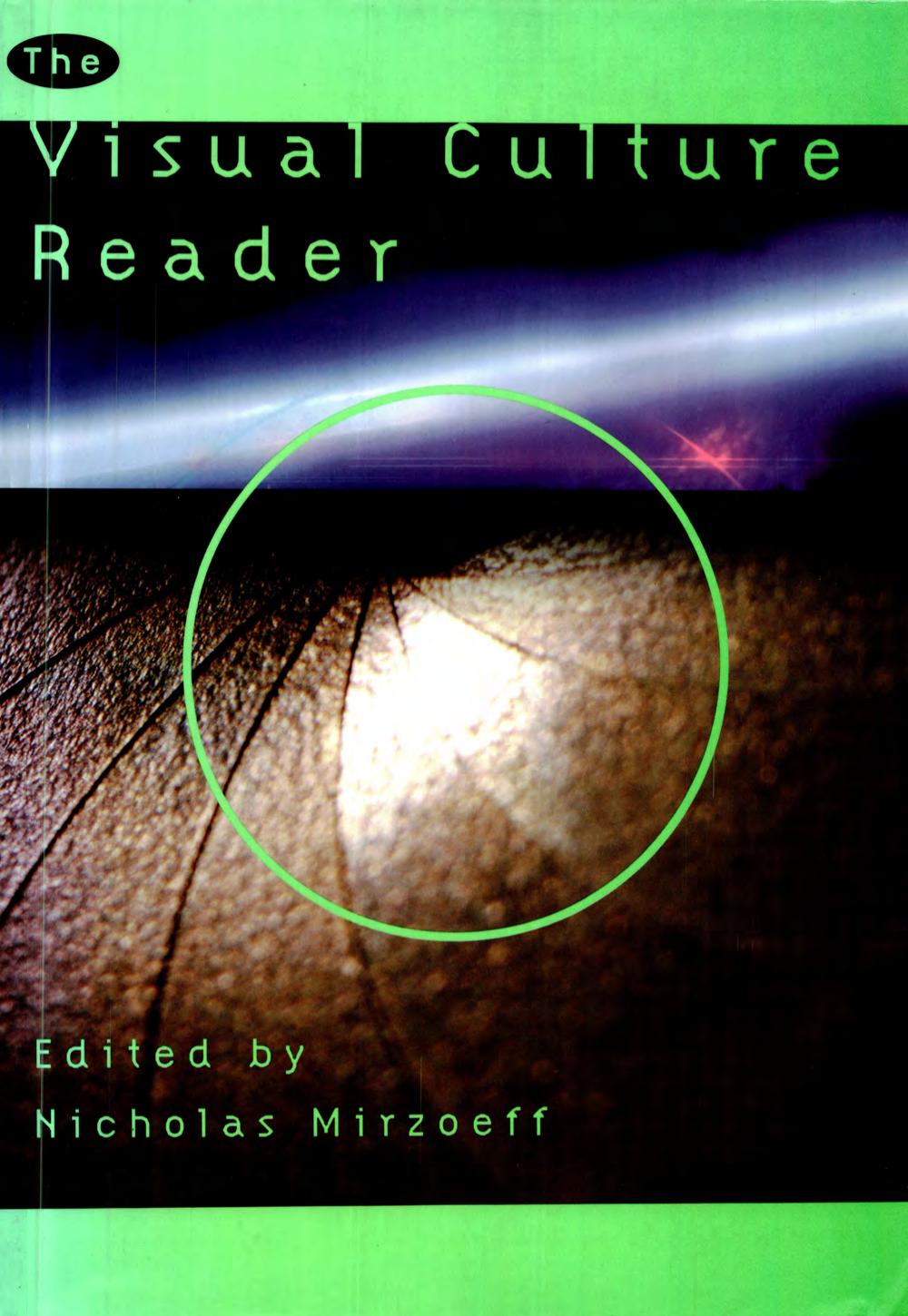Elizabeth Grosz: Architecture from the Outside. Essays on Virtual and Real Space (2001)
Filed under book | Tags: · architecture, cyberspace, philosophy, utopia, virtual reality

To be outside allows one a fresh perspective on the inside. In these essays, philosopher Elizabeth Grosz explores the ways in which two disciplines that are fundamentally outside each another—architecture and philosophy—can meet in a third space to interact free of their internal constraints. “Outside” also refers to those whose voices are not usually heard in architectural discourse but who inhabit its space—the destitute, the homeless, the sick, and the dying, as well as women and minorities.
Grosz asks how we can understand space differently in order to structure and inhabit our living arrangements accordingly. Two themes run throughout the book: temporal flow and sexual specificity. Grosz argues that time, change, and emergence, traditionally viewed as outside the concerns of space, must become more integral to the processes of design and construction. She also argues against architecture’s historical indifference to sexual specificity, asking what the existence of (at least) two sexes has to do with how we understand and experience space. Drawing on the work of such philosophers as Henri Bergson, Roger Caillois, Gilles Deleuze, Jacques Derrida, Luce Irigaray, and Jacques Lacan, Grosz raises abstract but nonformalistic questions about space, inhabitation, and building. All of the essays propose philosophical experiments to render space and building more mobile and dynamic.
Foreword by Peter Eisenman
Publisher: MIT Press, June 2001
ISBN: 0262571498, 9780262571494
PDF (updated on 2012-7-25)
Comment (0)Nicholas Mirzoeff (ed.): The Visual Culture Reader (1998–)
Filed under book | Tags: · art history, digital cinema, feminism, popular culture, postmodernism, telepresence, virtual reality, visual culture

“The Visual Culture Reader brings together key writings as well as specially commissioned articles covering a wealth of visual forms including photography, painting, sculpture, fashion, advertising, television, cinema and digital culture. The Reader features an introductory section tracing the development of visual culture studies in response to globalization and digital culture, and articles grouped into thematic sections, each prefaced by an introduction by the editor and conclude with suggestions for further reading.”
Publisher Routledge, London & New York, 1998
ISBN 0415141346, 9780415141345
xvi+530 pages
Second edition, revised
Publisher Routledge, 2002
ISBN 0415252229, 9780415252225
xix+737 pages
Publisher (3rd ed.)
PDF (1st ed., 12 MB; added on 2021-3-11)
PDF (2nd ed., 35 MB, no OCR, some pages missing, updated on 2012-7-18)
Ron Burnett: How Images Think (2005)
Filed under book | Tags: · augmented reality, computer games, electronic art, interactivity, p2p, technology, telepresence, virtual reality

Digital images are an integral part of all media, including television, film, photography, animation, video games, data visualization, and the Internet. In the digital world, spectators become navigators wending their way through a variety of interactive experiences, and images become spaces of visualization with more and more intelligence programmed into the very fabric of communication processes. In How Images Think, Ron Burnett explores this new ecology, which has transformed the relationships humans have with the image-based technologies they have created. So much intelligence has been programmed into these image-dependent technologies that it often seems as if images are “thinking”; ascribing thought to machines redefines our relationship with them and enlarges our ideas about body and mind. Burnett argues that the development of this new, closely interdependent relationship marks a turning point in our understanding of the connections between humans and machines.
After presenting an overview of visual perception, Burnett examines the interactive modes of new technologies—including computer games, virtual reality, digital photography, and film— and locates digital images in a historical context. He argues that virtual images occupy a “middle space,” combining the virtual and the real into an environment of visualization that blurs the distinctions between subject and object—part of a continuum of experiences generated by creative choices by viewers, the results of which cannot be attributed either to images or to participants.
Publisher MIT Press, 2005
ISBN 0262524414, 9780262524414
Length 253 pages
More info (publisher)
More info (google books)

